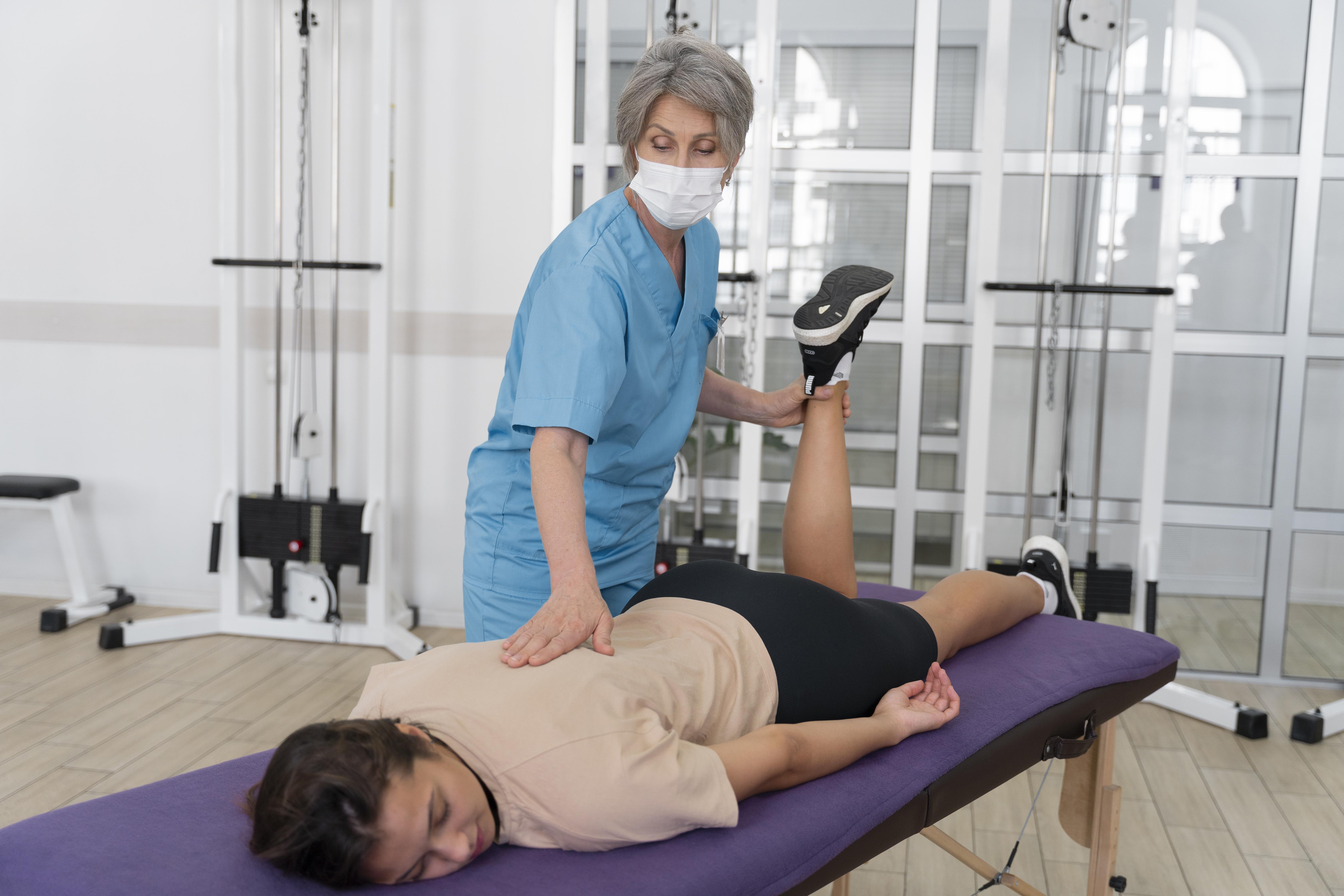


Shoulder joint is a ball on the top of your arm bone and socket which is a part of the shoulder blade. Above the ball and socket, joint is a ligament that is attached to a bony prominence on your shoulder blade. This forms an arch. The area between the arch and shoulder joint is known as sub-acromial space.
To move your shoulder up and down, a group of muscles and tendons known as rotator cuff pass through
this arch.
Above the rotator cuff is the small bursa which cushions it from the roof.
When you move your arm away from your side, the rotator cuff keeps the ball centered in the socket.
When your arm reaches shoulder height(horizontal), the sub-acromial space is narrowed.
The rotator cuff appears to be vulnerable to tendon damage or degeneration in the sub-acromial space. Damage to tendon can range from inflammation to tears. Once the tendon becomes affected, it swells, filling more of the space, which increases the chances of tendon and bursa becoming pinched. This is known as ‘impingement’. Anything which narrows the space between the rotator cuff and arch above, will tend to pinch and irritate the cuff. Tears in the tendon can occur from sudden injuries such as falling, but more commonly they develop gradually, as wear and tear effect on the tendon. This is partly age related, but may result from longstanding impingement.
The main complaint is pain, often felt on the outside of upper arm. A classical presentation is of painful arc on movement when the arm is lifted out to mthe side and up to your ear. Pain is felt on twisting movements such as putting jackets and coats on. Pain may occur at night when your arm is resting (during active inflammation).
The exact cause is unknown. It appears that some people may be susceptible to a wear and tear process in the tendon. The problem appears to be within the tendon and it starts to fray and split. Mechanical triggers (i.e. changes in posture or activity) where the tendon is stressed, may then cause episodes of pain.
The main way we diagnose shoulder impingement is from your symptoms and by examining your shoulder. X-rays are taken to look for any bony pathology and does not show muscle inflammation or wear and tear. MRI is done to look for muscle inflammation or tendon tear.
Non-surgical treatments: